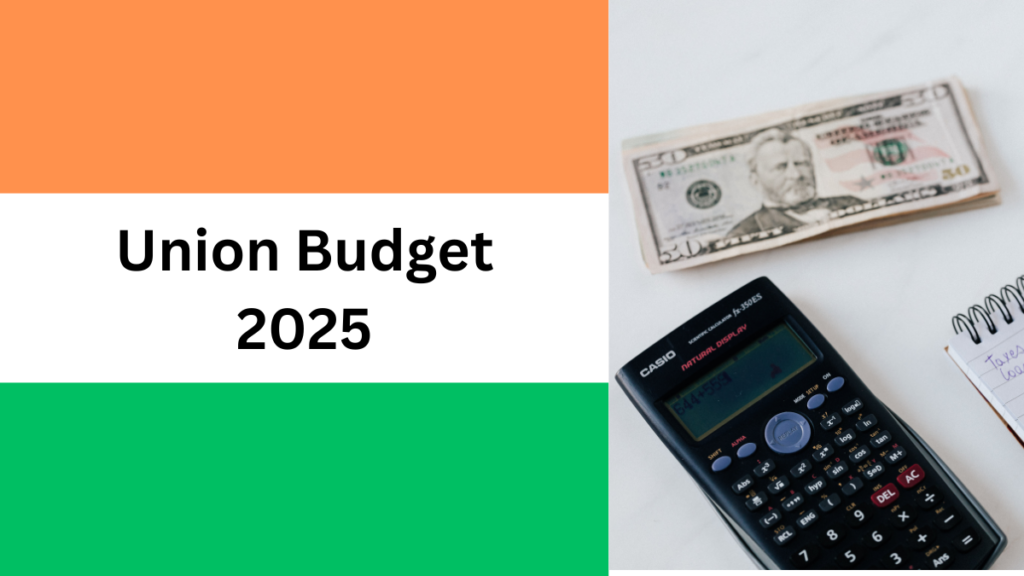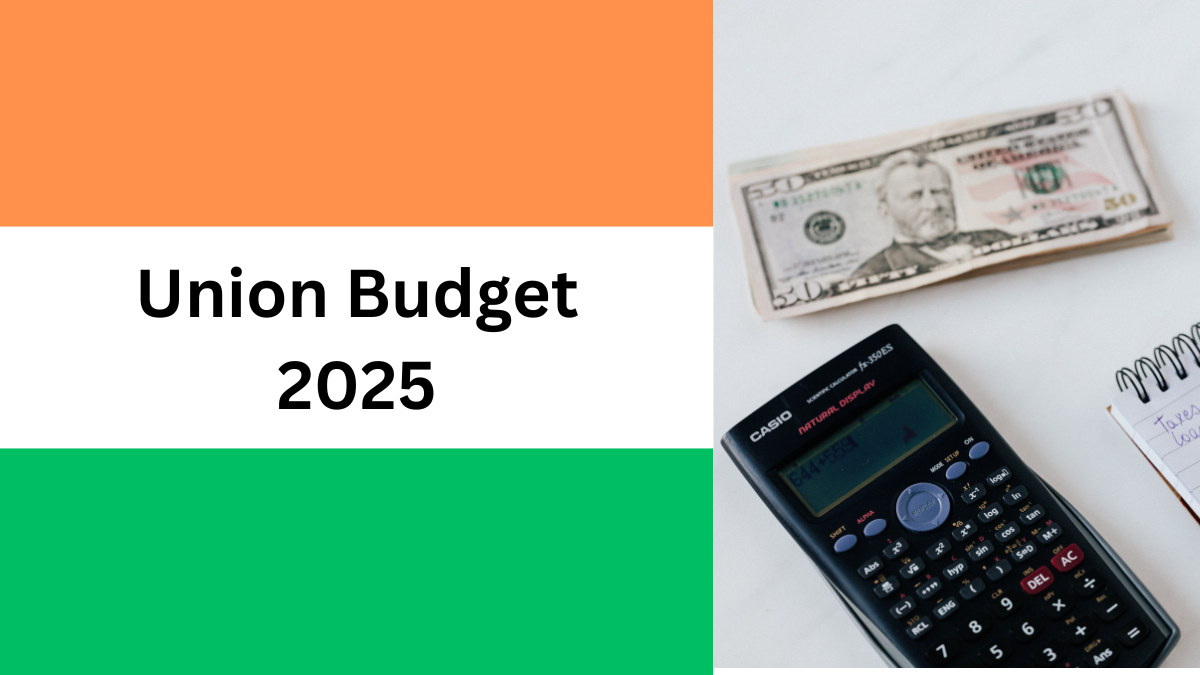The Union Budget 2025 has introduced a game-changing update, making the new tax regime more appealing than ever. Individuals earning up to Rs 12 lakh annually will now pay zero income tax, encouraging more taxpayers to switch from the old tax regime.
However, this shift comes with trade-offs. Let’s dive into the key aspects of this change and how it impacts taxpayers.

New Tax Regime: Key Features
- No Income Tax Up to Rs 12 Lakh: A significant relief for middle-income earners.
- Simplified Tax Structure: No need for complex deductions and exemptions.
- Full Tax Rebate: No tax liability for individuals with incomes up to Rs 12 lakh.
- Easier Compliance: Filing taxes becomes hassle-free with reduced paperwork.
Despite these benefits, taxpayers must consider what they lose when transitioning to the new regime.
What You Give Up in the New Tax Regime?
No More Deductions for Popular Tax-Saving Investments
Taxpayers who opt for the new tax regime will no longer be eligible for deductions under various sections, including:
| Deduction Type | Impact |
|---|---|
| Section 80C | No tax benefits on investments in PPF, ELSS, NSC, Sukanya Samriddhi Yojana, and life insurance policies. |
| Section 80D | No deductions for medical insurance premiums (previously Rs 25,000 for individuals, Rs 50,000 for senior citizens). |
| Section 80CCC | No tax relief for contributions to pension schemes. |
| Home Loan Interest | No deduction on home loan interest payments. |
| House Rent Allowance (HRA) | No tax exemption on HRA for salaried employees. |
These exclusions mean taxpayers must reassess their financial plans and investment strategies.
Old vs. New Tax Regime: What’s the Difference?
The old tax regime remains unchanged, allowing deductions for investments in small savings schemes like PPF, NSC, ELSS, SCSS, and Sukanya Samriddhi Yojana under Section 80C, with a maximum deduction limit of Rs 1.5 lakh. However, since 2020, the government has not introduced major tax reliefs for the old tax regime, while consistently making the new tax regime more attractive by lowering tax rates and increasing standard deductions.
If you’re unsure about which regime to choose, consider the next section.
Should You Prioritize Tax Savings When Investing?
Many taxpayers link their investment decisions to tax savings. However, financial experts recommend looking beyond tax benefits:
- Investments should align with financial goals, not just tax exemptions.
- PPF and Sukanya Samriddhi Yojana (SSY) remain solid choices for those seeking stable returns, though they come with lengthy lock-in periods (PPF: 15 years, SSY: until the girl turns 21).
- New Tax Regime Offers Flexibility: Without the need for mandatory tax-saving investments, individuals can explore shorter lock-in options and higher-yield assets.
- Personalized Investment Strategies: Rather than focusing on tax-saving schemes, individuals can now build customized investment portfolios based on risk appetite and future financial needs.
Although the new tax regime simplifies tax compliance, its lack of deductions may be a challenge for those accustomed to traditional tax-saving methods.
FAQs on the New Tax Regime
1. Can I still claim deductions if I choose the new tax regime?
No, deductions under Section 80C, 80D, and home loan interest are not available in the new tax regime.
2. Should I switch to the new tax regime?
Your decision should be based on your financial situation. If you don’t invest heavily in tax-saving instruments and prefer a lower tax rate with a straightforward filing process, the new regime is beneficial. However, if you actively invest in PPF, ELSS, or insurance for tax benefits, the old regime might be better suited for you.
3. Can I switch between the old and new tax regimes every year?
Yes, salaried employees can switch annually, but business owners and professionals can change only once in a lifetime.
4. What happens to my existing tax-saving investments?
You can continue investing in PPF, Sukanya Samriddhi Yojana, and insurance policies, but they won’t offer tax benefits if you opt for the new tax regime.
Final Takeaway
The new tax regime simplifies taxation and provides substantial relief for those earning up to Rs 12 lakh. However, it eliminates tax-saving deductions, requiring individuals to rethink their financial strategies. Before making a decision, evaluate whether the simplicity of the new tax regime outweighs the benefits of tax-saving investments.
Would you switch to the new tax regime, or does the old system still suit your needs? Choose wisely based on your long-term financial goals!
Click here to learn more
Sachin is a dedicated writer specializing in education, career, and recruitment topics, delivering clear and actionable insights to empower readers.
